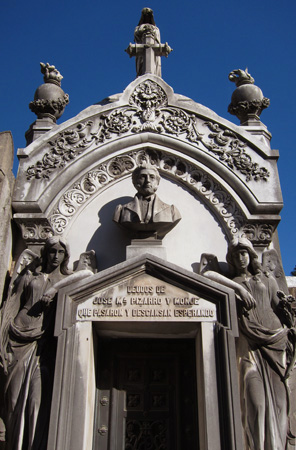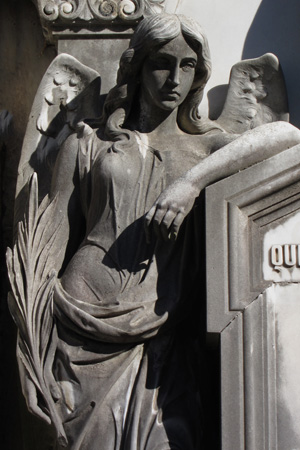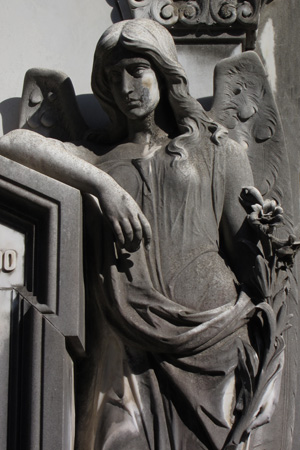
President Bernardino Rivadavia formed the Sociedad de Beneficencia in 1823 to perform charity work that had previously been the sole responsibility of the Catholic church. In spite of a rough start, by the beginning of the 20th century the organization became synonymous with the grand dames of Buenos Aires high society. It gave food & shelter to orphans, provided a role model for wayward kids, ran hospitals, & taught boys & girls “gender-based” work skills. Was this child labor? Sure. Did the elite maintain power & influence through this organization? Definitely. As a highly-visible symbol of upper class control, Perón replaced their work with the Fundación Eva Perón… & the rest is history.

José María Pizarro y Monje had substantial real estate holdings dating from the early 1800s. As part of the landed Argentine elite, his only daughter —Cornelia Pizarro— worked endlessly with the Sociedad de Beneficencia. She developed a friendship with President Bartolomé Mitre & became known for organizing raffles to raise funds for charity.

Cornelia passed away without getting married & donated her entire fortune (500,000 pesos or well over USD 1 million in today’s currency) to found an institute for orphan girls over the age of 14. Opened in 1925 & named after her father, children were taught domestic service & girls often sold their textiles to hospitals or to the general public. They even provided employment for women who had grown up in the institute but could not find work. The organization continues to provide service to the city today.
Be First to Comment